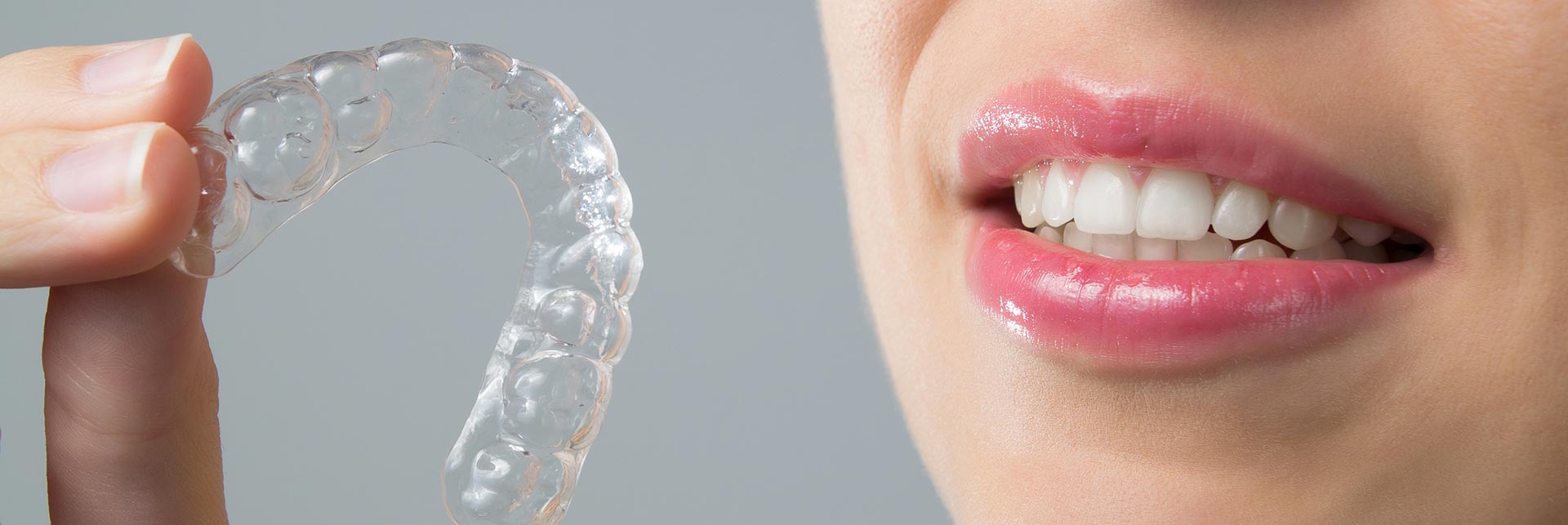Limitations Of Invisalign
Is There Anything Invisalign Can’t Do?
Invisalign braces are great. They have made the experience of having braces and straightening teeth a lot more pleasant for many people across Australia. Maybe because of this, people seem to think that Invisalign braces can fix any cosmetic or orthodontic dental issue. This however, is not the case.
Below are some instances where invisalign braces, no matter how well applied, may not be able to solve dental issues :

1. Tooth Shape. Some teeth can be small, round or severely pointy and they do not fit in the aligners correctly. In this case, regular braces may be a better solution..
2. Tooth Position. If teeth are too twisted, or tilted more than say 45 degrees, Invisalign may not be able to move them as far as needed.
3. Filling Large Gaps. Generally, Invisalign can’t fill a gap larger than about 6mm. An implant, or other cosmetic dental solution may be required to fill large gaps.
4. Intrusion and Extrusion. Invisalign are more effective at moving the front teeth than molars. Getting all teeth at the same height is not a strong point of Invisalign.
5. Midline Movement. The midline between your two front teeth can generally only be shifted by about 2mm by Invisalign braces.
6. Previous Dental Work. If patients have bridges or crowns, they may cause Invisalign not to be a viable option.
7. Teeth Extraction. If teeth need to be removed during treatment, then Invisalign may not be very effective.
As with all the content on our website, this is general information and may not apply to specific patient circumstances. It is best to speak to a dentist about the options you may have, if you wish to straighten your smile or your child’s smile.
We offer free consultations to assess the viability of Invisalign braces and other orthodontic or restorative dental techniques.

